I recently visited a neighbouring farmer who keeps suckler cows, but also buys a lot of store cattle for finishing.
He is a very successful farmer and one that I have always looked up to. Over the years, he has made a lot of money from finishing cattle.
When I looked around his cattle houses, they were full of some really good beef-bred cattle and I would estimate that most were in the region of 600kg. I then asked him when he was thinking about finishing them.
That’s when I got a shock. He told me that most of them would be going back to grass with the intention of finishing them off grass next autumn. He said he was going to keep meal feeding to a minimum.
If these cattle were mine, I would be putting them on a finishing diet now with the intention of having them finished and away within the next three months. However, I can understand, with the price of meal, the reasoning behind his decision.
It has made me think long and hard about my whole system.
Target
I am not a really heavy meal feeder, but I like to target meal feeding to get the most from my system.
I am severely limited with the amount of land I have access to. It means that, for my farm to generate enough income, I have to push everything as much as is economically viable.
But even though it has been working well for me to date, that still does not mean it is the most profitable system.
All male calves on the farm are finished as bulls, and any other cattle which are finished, are gone off the farm before they are two years old. The bulls are generally finished at around 14 months, so they are only ever one grazing season at grass.
I try to make the best-quality silage that I can, and I try to always have the best quality grass for grazing. I feed no meal at grass because I find it only unsettles the cattle. When in the house I feed the bulls on a growing ration until they are about 550kg and then move them on to a finishing ration for the last 100 days.
On the growing ration they start at about 2kg/day and as they grow I move them up to about 4kg to 5kg/day, before being moved over to the finishing ration, with 7kg to 8kg of meal fed.
This works into just slightly over 1t of meal per bull, which at current prices costs just under £400.
The heifers that I finish are only fed 2kg/day in the growing period and no more than 5kg/day in the finishing period. This works out at a lifetime feed of about 800kg/animal which is a cost of around £300.
The farmer quoted in the earlier example will still feed some meal so I would estimate that it is taking me around £200/animal more to finish my animals. But my cattle are away a lot younger, and this is freeing up ground and house room for smaller cattle.
The value of the weight gained by these smaller cattle will probably cover the money paid for the extra meal. However, it also means that I am grazing lighter stock, and doing less damage to the ground in wet conditions.
Little difference
All in all, there is probably not a massive difference in the overall profitability of both systems. And maybe if the price of meal goes up even more then it will swing it against my system.
But there is one other issue, and that is the carbon footprint of the beef I produce will be lower as my cattle are killed at significantly younger ages. Of course, we are not being financially rewarded for lower carbon footprint beef, although it seems inevitable it will become an important consideration in the future.
At the moment I’m not going to change my system, but I’ll keep it under review.
Read more
Watch: devastating impact of ash dieback on farms
Watch: hoping for better AI hit in autumn herd
I recently visited a neighbouring farmer who keeps suckler cows, but also buys a lot of store cattle for finishing.
He is a very successful farmer and one that I have always looked up to. Over the years, he has made a lot of money from finishing cattle.
When I looked around his cattle houses, they were full of some really good beef-bred cattle and I would estimate that most were in the region of 600kg. I then asked him when he was thinking about finishing them.
That’s when I got a shock. He told me that most of them would be going back to grass with the intention of finishing them off grass next autumn. He said he was going to keep meal feeding to a minimum.
If these cattle were mine, I would be putting them on a finishing diet now with the intention of having them finished and away within the next three months. However, I can understand, with the price of meal, the reasoning behind his decision.
It has made me think long and hard about my whole system.
Target
I am not a really heavy meal feeder, but I like to target meal feeding to get the most from my system.
I am severely limited with the amount of land I have access to. It means that, for my farm to generate enough income, I have to push everything as much as is economically viable.
But even though it has been working well for me to date, that still does not mean it is the most profitable system.
All male calves on the farm are finished as bulls, and any other cattle which are finished, are gone off the farm before they are two years old. The bulls are generally finished at around 14 months, so they are only ever one grazing season at grass.
I try to make the best-quality silage that I can, and I try to always have the best quality grass for grazing. I feed no meal at grass because I find it only unsettles the cattle. When in the house I feed the bulls on a growing ration until they are about 550kg and then move them on to a finishing ration for the last 100 days.
On the growing ration they start at about 2kg/day and as they grow I move them up to about 4kg to 5kg/day, before being moved over to the finishing ration, with 7kg to 8kg of meal fed.
This works into just slightly over 1t of meal per bull, which at current prices costs just under £400.
The heifers that I finish are only fed 2kg/day in the growing period and no more than 5kg/day in the finishing period. This works out at a lifetime feed of about 800kg/animal which is a cost of around £300.
The farmer quoted in the earlier example will still feed some meal so I would estimate that it is taking me around £200/animal more to finish my animals. But my cattle are away a lot younger, and this is freeing up ground and house room for smaller cattle.
The value of the weight gained by these smaller cattle will probably cover the money paid for the extra meal. However, it also means that I am grazing lighter stock, and doing less damage to the ground in wet conditions.
Little difference
All in all, there is probably not a massive difference in the overall profitability of both systems. And maybe if the price of meal goes up even more then it will swing it against my system.
But there is one other issue, and that is the carbon footprint of the beef I produce will be lower as my cattle are killed at significantly younger ages. Of course, we are not being financially rewarded for lower carbon footprint beef, although it seems inevitable it will become an important consideration in the future.
At the moment I’m not going to change my system, but I’ll keep it under review.
Read more
Watch: devastating impact of ash dieback on farms
Watch: hoping for better AI hit in autumn herd



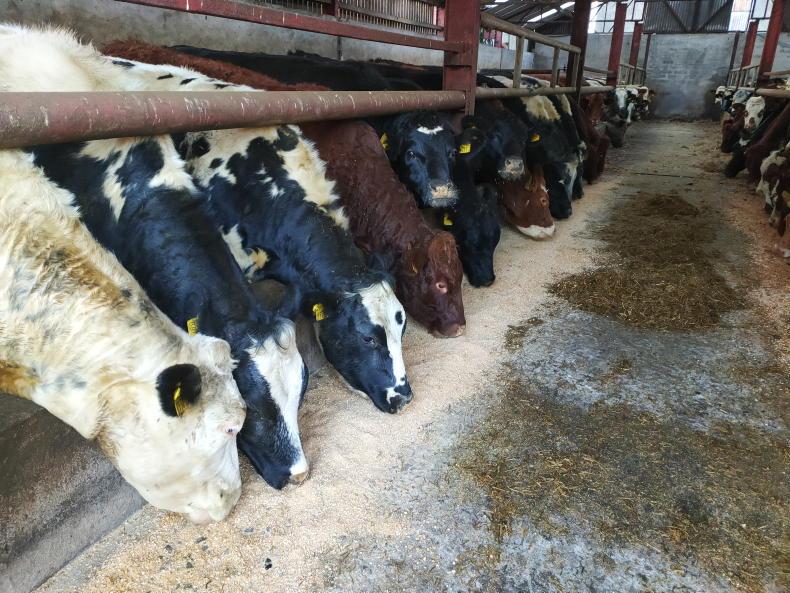

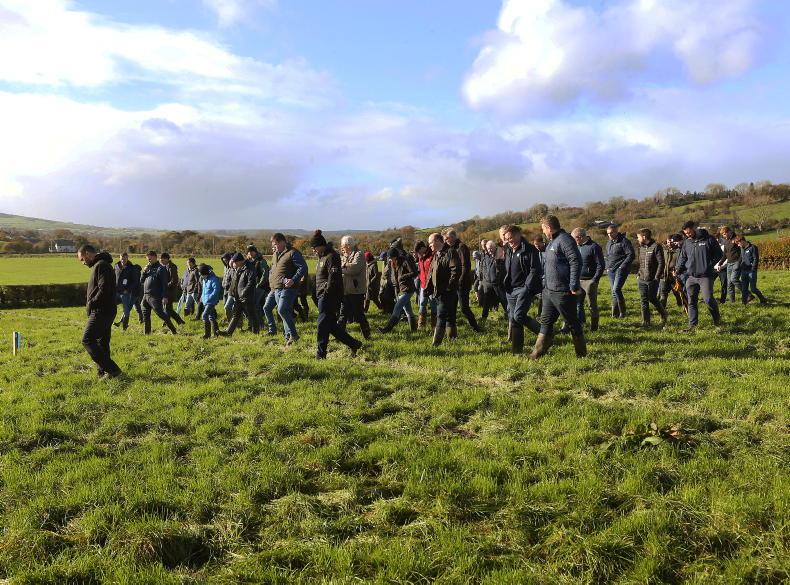
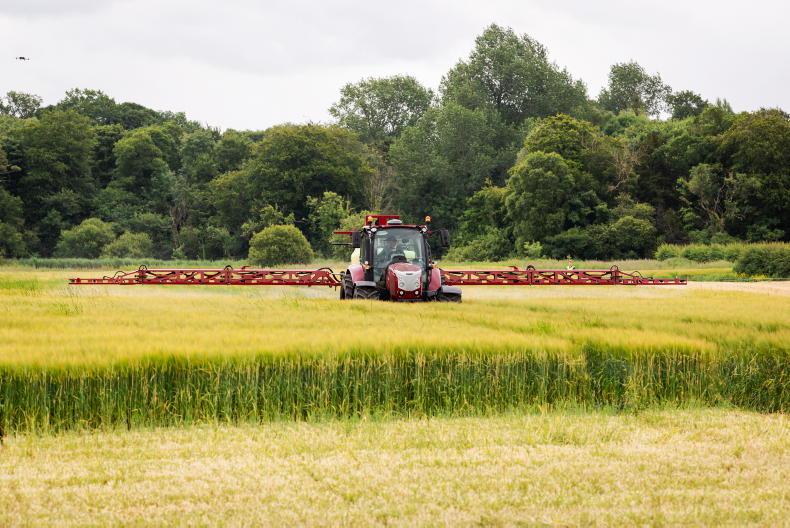
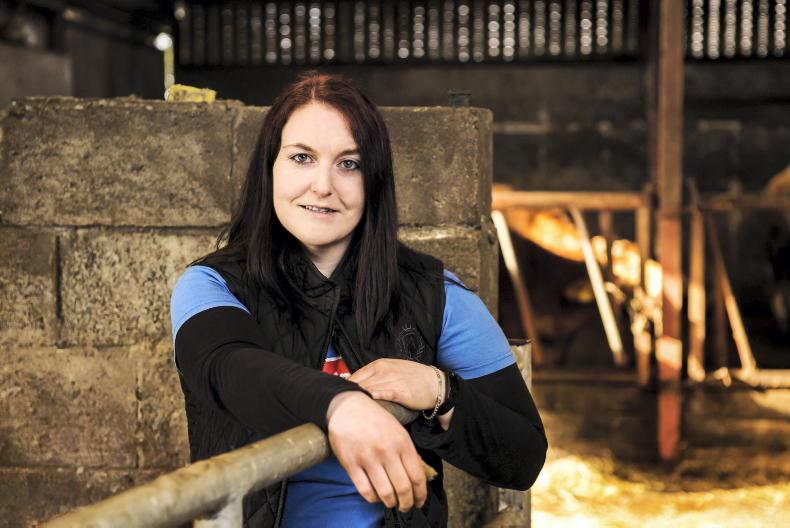
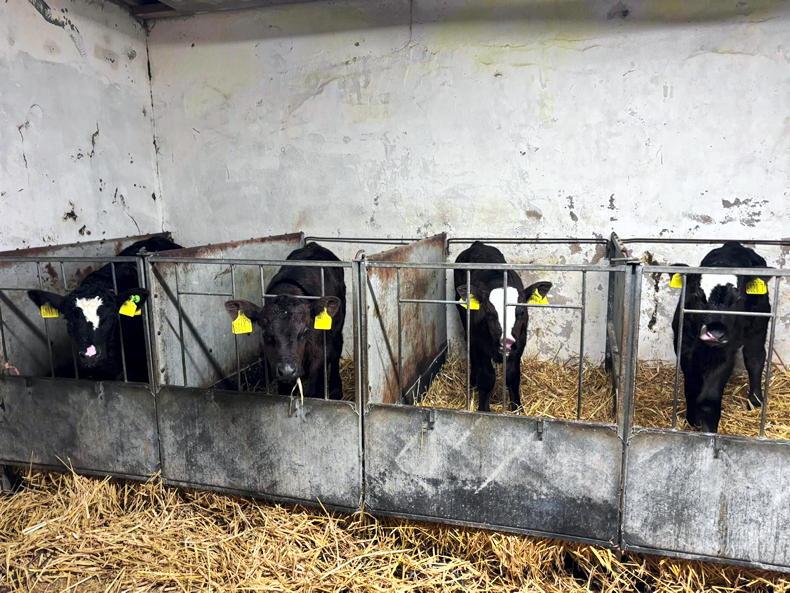
SHARING OPTIONS